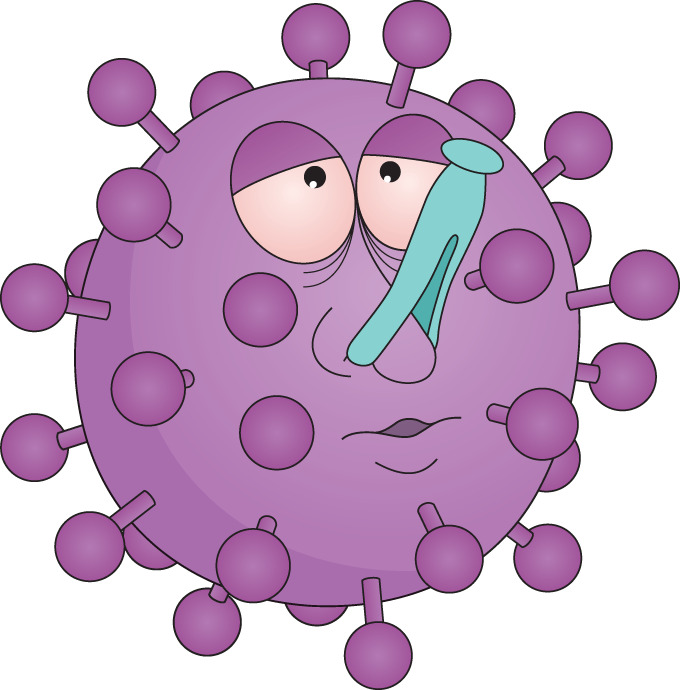Abstract
A recent study provides evidence of non-cell-autonomous disruption of nuclear architecture as a potential cause of COVID-19-associated anosmia.
Subject terms: SARS-CoV-2, Virus-host interactions
Anosmia (loss of the sense of smell) is a common symptom of COVID-19, yet the underlying mechanisms leading to olfactory dysfunction are poorly understood. Olfactory sensory neurons (OSNs) do not express SARS-CoV-2 entry receptors, suggesting non-cell-autonomous effects of infection on the olfactory system. Indeed, in a recent study, Zazhytska, Kodra et al. provide evidence that SARS-CoV-2 infection causes non-cell-autonomous disruption of OSN nuclear architecture and the downregulation of olfactory receptors (ORs) and OR signalling genes.
To investigate COVID-19-associated anosmia, the authors first studied the effects of SARS-CoV-2 infection in golden hamster autopsies of the olfactory epithelium (OE). Single-cell RNA sequencing (scRNA-seq) of hamster OE cells revealed that infection of OSNs was rare; however, antiviral genes were upregulated and various immune cells were recruited to the OE. Sustentacular (SUS) cells, a structural epithelial cell type, were found to be the primary target cell in the OE, leading to a substantial but transient depletion of these cells. Although OSNs were rarely infected, regardless of whether they were infected or not, the authors observed non-cell-autonomous transcriptional changes in this cell type, for instance, in antiviral genes. Importantly, infection caused widespread and significant downregulation of OR and OR signalling genes and key genes required for the sense of smell, including Adcy3. Remarkably, significant downregulation of OR genes and genes required for olfaction persisted at day 10 post infection, whereas SUS cell and other OSN markers were fully restored to pre-infection levels at this time point.

Philip Patenall/Springer Nature Limited
Next, to investigate the mechanisms leading to the downregulation of olfactory genes, the authors examined OSN nuclear architecture, a known regulator of OR expression. In situ Hi-C analyses (which quantify interactions between chromosomal regions) of OEs from mock or infected hamsters revealed that SARS-CoV-2 infection leads to a marked reorganization of the OSN nuclear architecture and the disruption of genomic compartments containing OR genes, which the authors suggest leads to downregulation of OR genes. Previous studies suggest that systemic cytokines and antiviral responses lead to OR downregulation and olfactory dysfunction. The authors hypothesized that the reorganization of OSN nuclear architecture could be elicited by mimicking the systemic effects of infection in the absence of infectious SARS-CoV-2. Indeed, exposure of OEs to UV-irradiated sera of infected or mock infected hamsters led to significant differences in OSN nuclear architecture and OR downregulation.
Importantly, by analysing OE tissue obtained from human autopsies, the authors confirmed that SARS-CoV-2 infection also induces the downregulation of OR and OR signalling genes as well as changes in the nuclear architecture of human OSNs.
In sum, the authors provide a potential mechanism of anosmia caused by a virus that lacks tropism for neurons. This mechanism suggests that SARS-CoV-2 may have systemic effects on other cells that it cannot infect.
References
Original article
- Zazhytska M, et al. Non-cell autonomous disruption of nuclear architecture as a potential cause of COVID-19 induced anosmia. Cell. 2022 doi: 10.1016/j.cell.2022.01.024. [DOI] [PMC free article] [PubMed] [Google Scholar]


